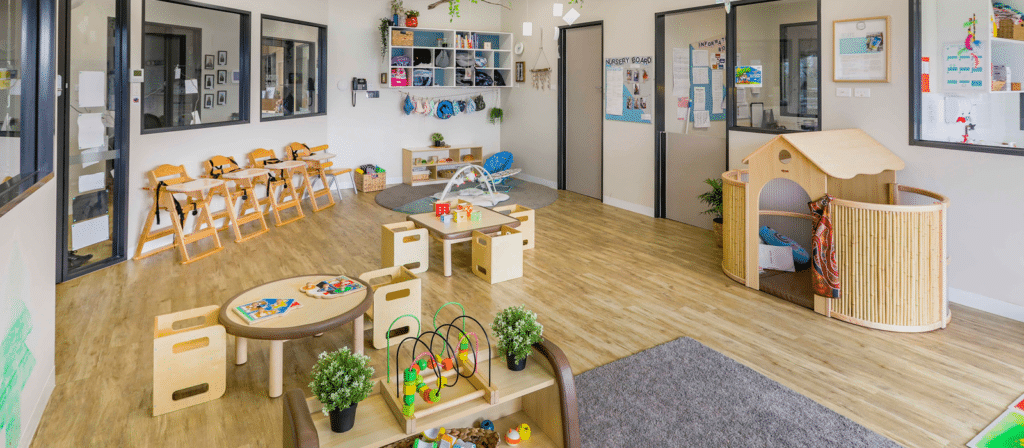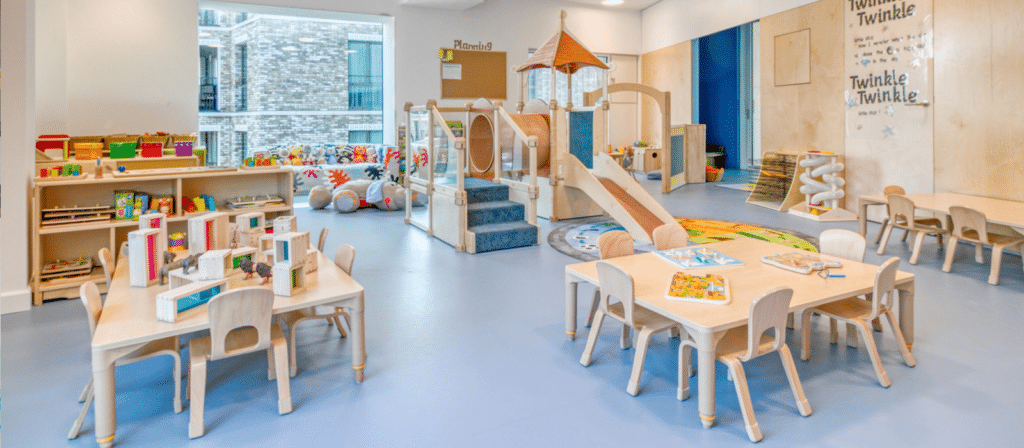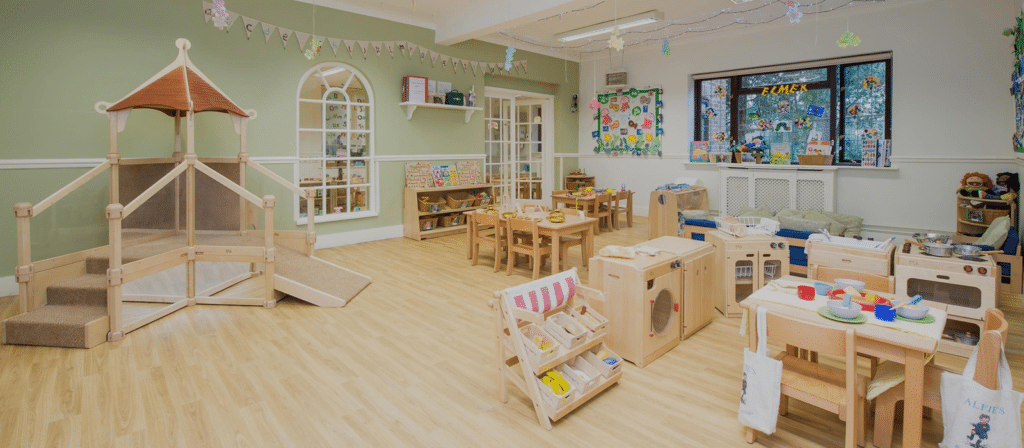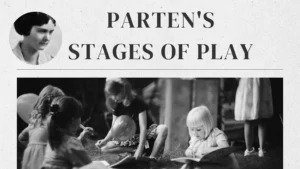Curious about how technology can be seamlessly integrated with Montessori preschool furniture? Wondering about the benefits it brings to early childhood education? Explore the power of merging technology and Montessori principles as we dive into the art of integrating technology with preschool furniture. Get ready to discover a new dimension of learning possibilities! Are you ready to embrace the future?
Discover how to effectively integrate technology with Montessori preschool furniture to enhance learning experiences, promote digital literacy, foster creativity, and prepare children for the modern world.
Unleash the potential of technology-infused Montessori preschool furniture, where innovation and traditional learning methods converge to shape well-rounded young learners.
Can Technology Enhance the Montessori Experience?
Before we dive into the specifics of integrating technology with Montessori preschool furniture, let’s first explore the larger question of whether technology can enhance the Montessori experience. The Montessori philosophy emphasizes hands-on learning, sensory exploration, and self-directed discovery. How can technology fit into this picture?
The answer is that technology can be a powerful tool to enhance the Montessori experience, but only if it is used in a thoughtful and intentional way. For example, technology can be used to:
- Provide children with access to a wider range of learning materials and resources, such as interactive books, videos, and apps.
- Support children’s creativity and self-expression, through digital art tools, music software, and storytelling apps.
- Provide children with opportunities to connect and collaborate with peers and experts from around the world, through video conferencing and online communities.
How to integrate technology with Montessori preschool furniture and its benefits?
- Purposeful Selection of Technology: Choose age-appropriate and interactive technologies that align with Montessori principles. Touchscreen tablets, educational apps, interactive displays, or programmable toys can complement hands-on learning experiences, fostering engagement and reinforcing foundational skills.
- Enhancing Digital Literacy: Integrating technology with Montessori furniture introduces young learners to digital literacy from an early age. They develop familiarity with technology tools, digital interfaces, and gain valuable skills such as problem-solving, critical thinking, and navigating online resources responsibly.
- Personalized Learning Experiences: Technology integration allows for personalized learning experiences. Adaptive learning apps or software can provide tailored content and activities based on each child’s abilities and progress, promoting individualized growth and maximizing their potential.
- Augmenting Hands-on Learning: Technology can enhance hands-on learning experiences by providing supplementary resources, virtual simulations, or multimedia content. It enriches lessons with visual and auditory elements, fostering deeper understanding and multisensory engagement.
- Cultivating Creativity and Collaboration: Combining technology with Montessori preschool furniture encourages creativity and collaboration. Interactive displays, digital art tools, or multimedia storytelling platforms inspire children to express themselves, collaborate on projects, and showcase their creations, fostering communication, collaboration, and imaginative thinking.
- Real-World Preparation: Integrating technology with Montessori furniture prepares children for the technologically advanced world they will encounter. Familiarity with digital tools, research skills, and critical evaluation of online information cultivates digital citizenship and equips children with essential 21st-century skills.

What to look for when combining technology with Montessori preschool furniture?
Firstly, it’s worth noting that technology should never be a substitute for hands-on learning experiences. The Montessori method emphasizes the importance of physical activity and sensory exploration in early childhood development, and these experiences cannot be replicated through screens or keyboards. However, technology can be used to enhance and augment these experiences, providing new opportunities for learning and exploration.
For example, interactive whiteboards or tablets can be used to display educational videos or digital simulations that complement hands-on learning activities. They can also be used to facilitate group collaboration and communication, allowing children to work together on projects and share their ideas and discoveries.
Another way technology can be integrated with Montessori preschool furniture is through the use of smart furniture. Smart furniture refers to furniture that incorporates sensors, electronics, and other technologies to provide additional functionality or enhance the user’s experience. In the context of Montessori preschool furniture, smart furniture could include things like interactive play tables that respond to touch or movement, or chairs that adjust to the child’s posture to promote healthy sitting habits.
Of course, as with any new technology, it’s important to approach the integration of technology with Montessori preschool furniture with caution. Careful consideration must be given to the potential risks and benefits of incorporating technology into the learning environment. For example, too much screen time can be detrimental to young children’s development, so any use of digital technology should be carefully monitored and limited.
Additionally, it’s important to ensure that any technology used in the classroom is age-appropriate and aligned with the Montessori principles of hands-on learning and exploration. Technology should never be used as a substitute for physical activity or sensory experiences, but rather as a tool to enhance and augment these experiences.

Integrating technology with Montessori preschool furniture opens a world of possibilities, enhancing learning experiences, promoting digital literacy, fostering creativity, and preparing children for the future. By thoughtfully selecting age-appropriate technologies, personalizing learning experiences, and augmenting hands-on learning, we create an environment where tradition and innovation coexist harmoniously.













